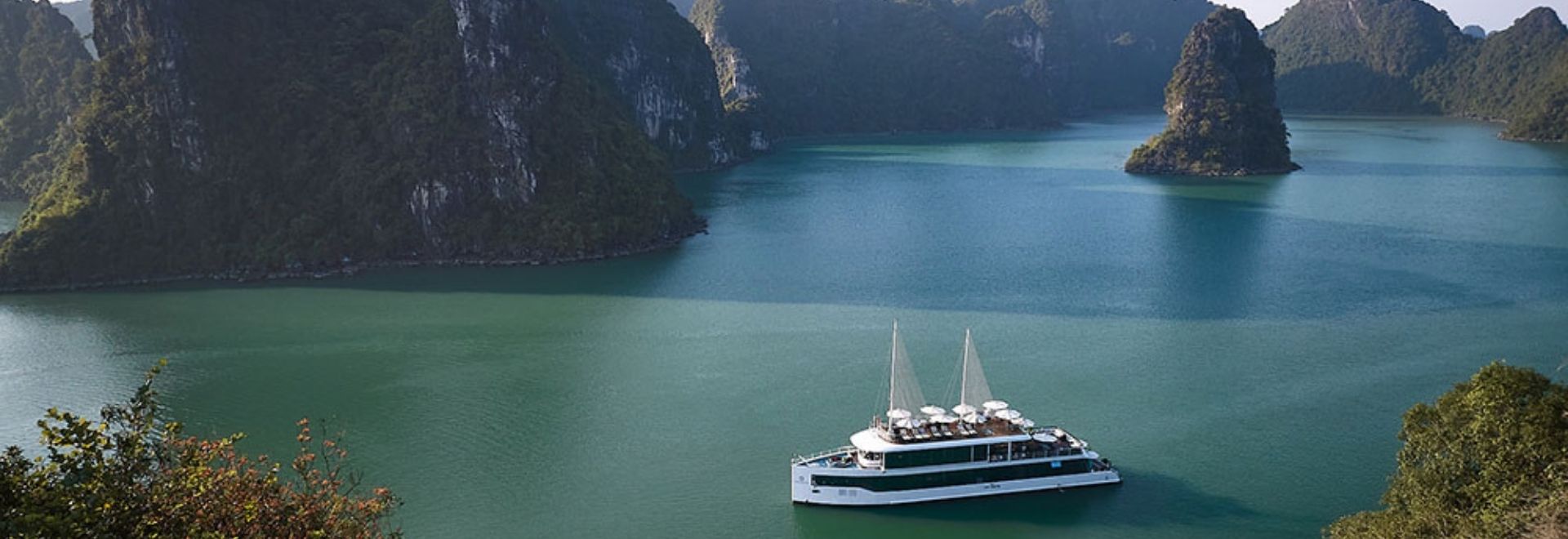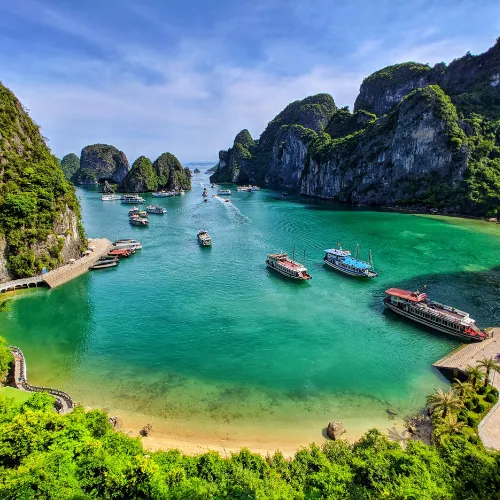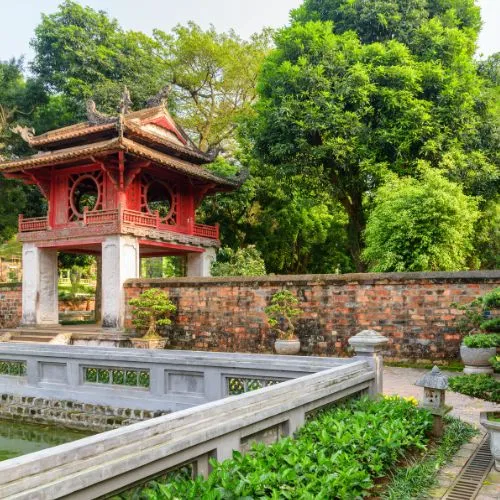Best time to visit Southeast Asia
Everyone has a different favourite season in Southeast Asia and it all depends on what you want to get out of your trip.
Despite its relatively compact size, Southeast Asia has a varied climate that matches its varied geography. Though it could be said that the region experiences two distinct seasons – the wet and the dry. The southwest monsoon typically hits the region between June and September when many countries experience high rainfall and the vegetation blooms in verdant green.

Broadly speaking, there are two main seasons in Southeast Asia: the rainy season from May to October or November, and the dry season from December to April. However, it’s a large region with plenty of microclimates, so you’re sure to find pleasant weather somewhere regardless of when you plan to travel.
The dry season between November and February is considered the better time to travel with drier and slightly cooler weather. The hottest time of the year is usually between March and June when humidity levels rise in preparation for the oncoming rains. Towards the end of the dry season, in March, temperatures begin to rise, and in some places can top 40°C in April with high humidity. The highlands offer a refreshing respite at this time.
The best time to visit Southeast Asia is between November and February. There’s drier, less humid and slightly cooler weather in most of the region, with average temperatures around 30°C. Bring a warm jacket for evenings, though. The rainy season in Southeast Asia is between June and October, meaning flooding in the Mekong Delta and lush paddy fields in Cambodia and Vietnam. If you don’t mind the odd shower, the monsoon season can often be the best time of the year to visit Southeast Asia for deals on flights and accommodation.
During the rainy season, there are some key areas which experience disruptions. The Mekong Delta can flood, making travel difficult. In Thailand, the Andaman Coast experiences the worst of the rain – and rough seas can prevent boats from reaching places such as Bamboo Island, near Kep. However, in the Gulf of Thailand at this time, rain is lighter, there are fewer crowds, and some islands – such as Koh Samet – enjoy a pleasant microclimate. Heavier rains are likely here in September and October though.
Tropical cyclones can also occur in coastal areas during the rainy season; keep an eye on weather reports if travelling there during this time.




